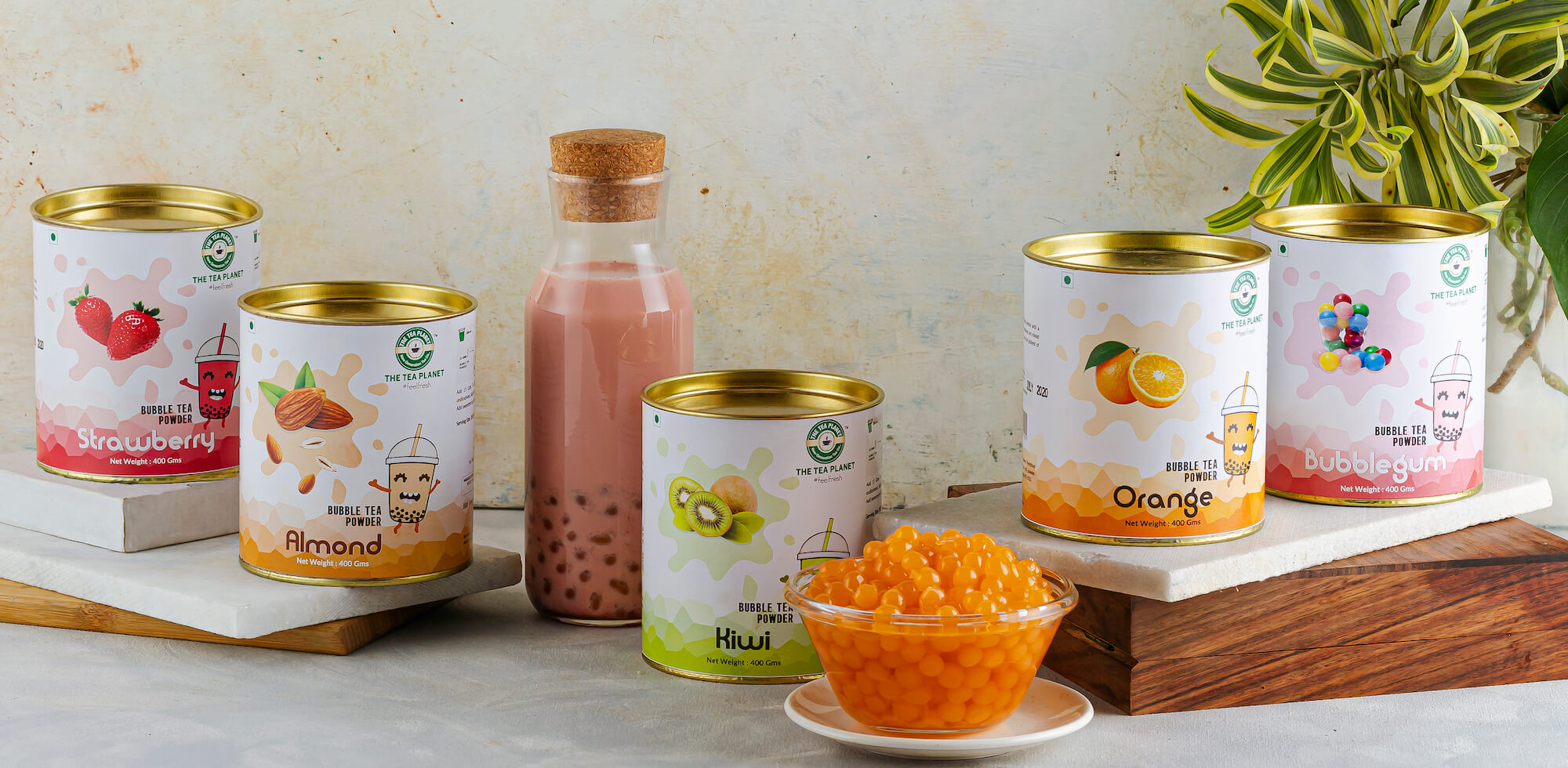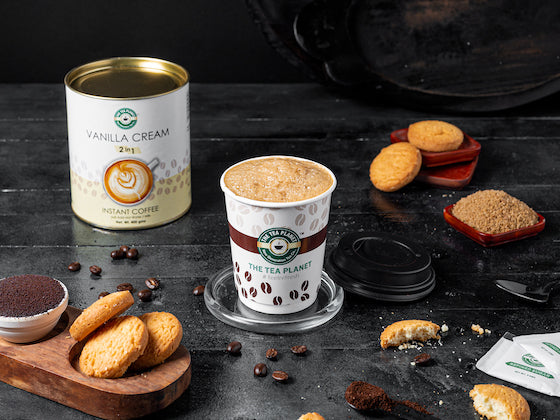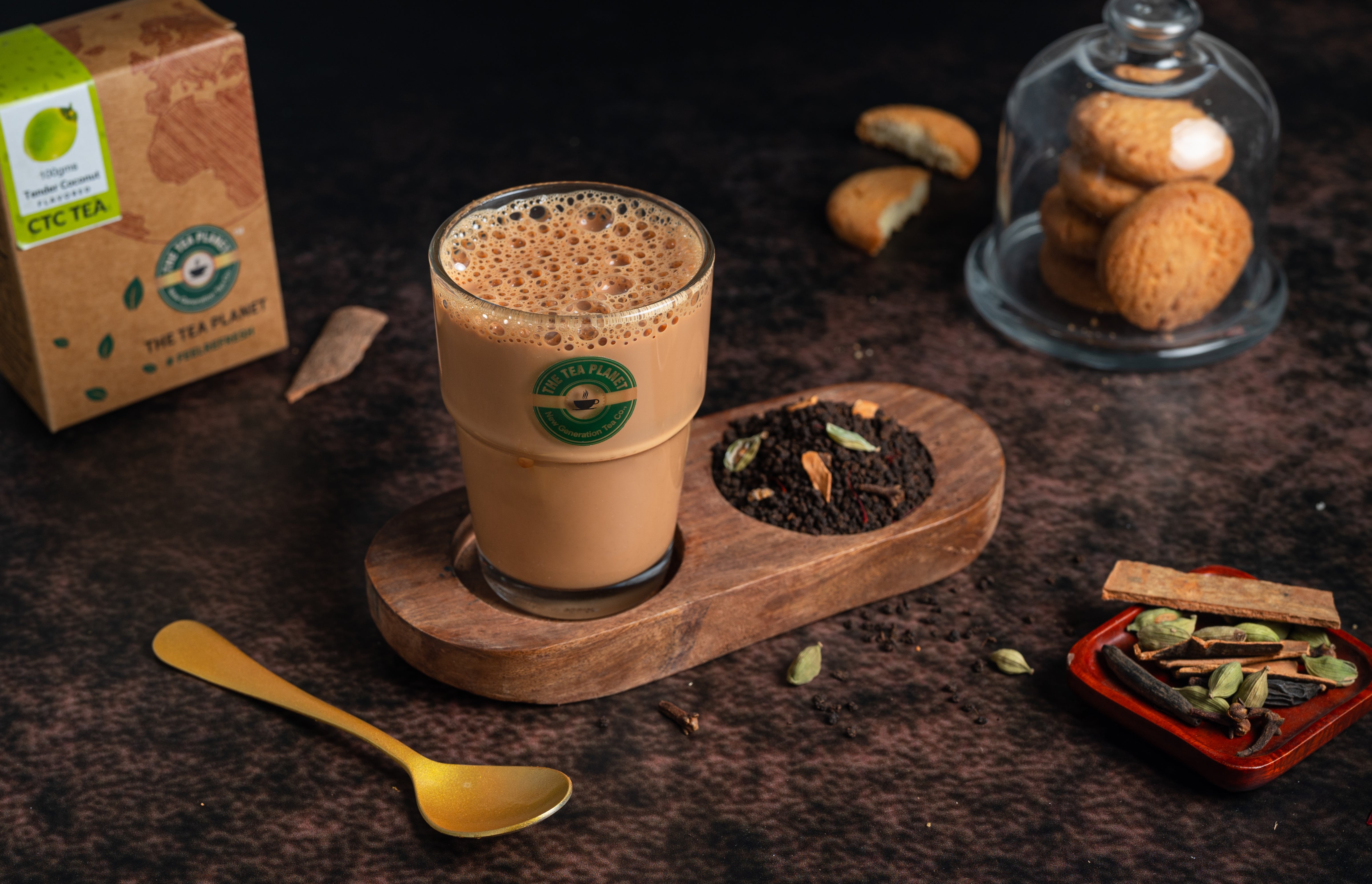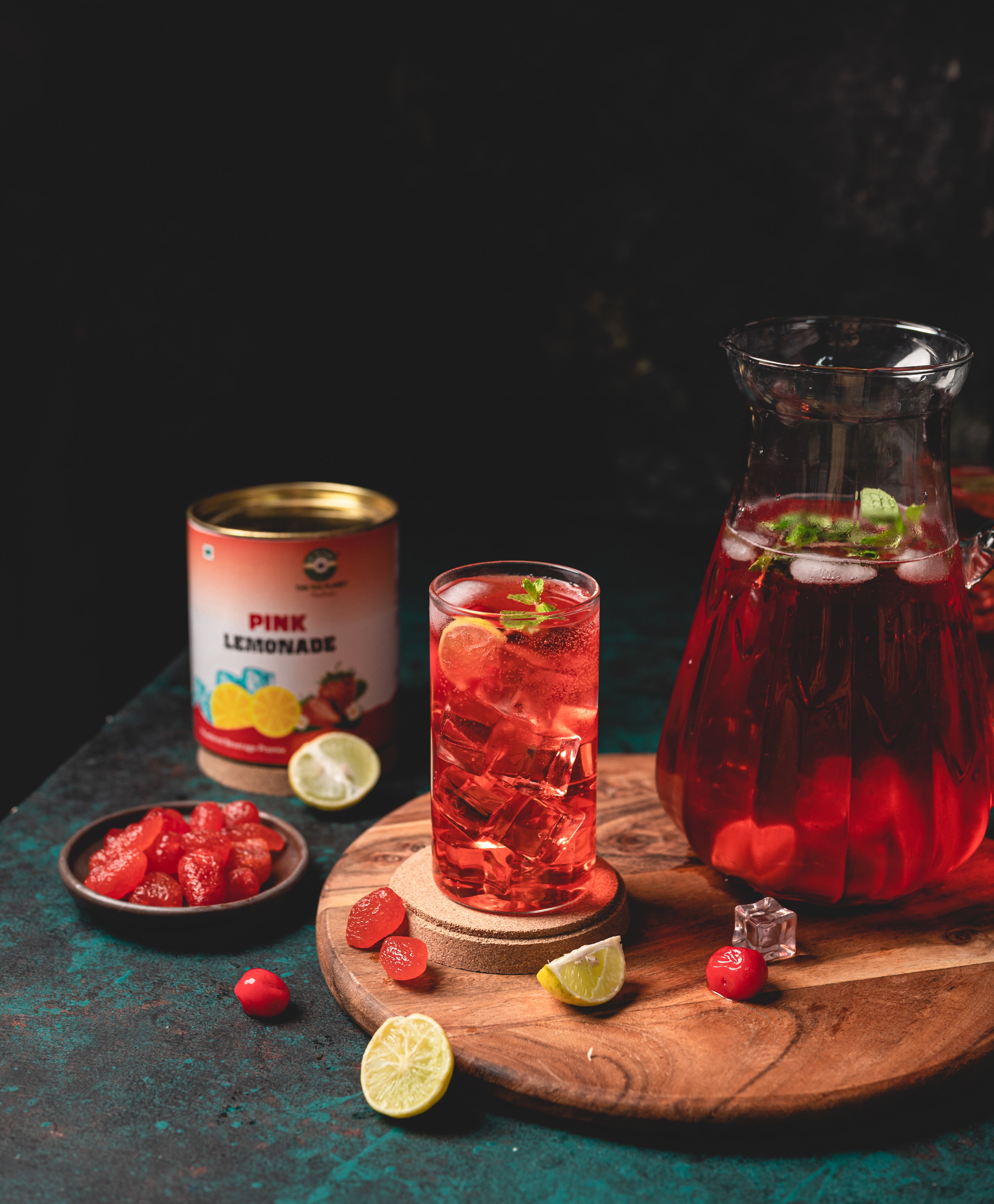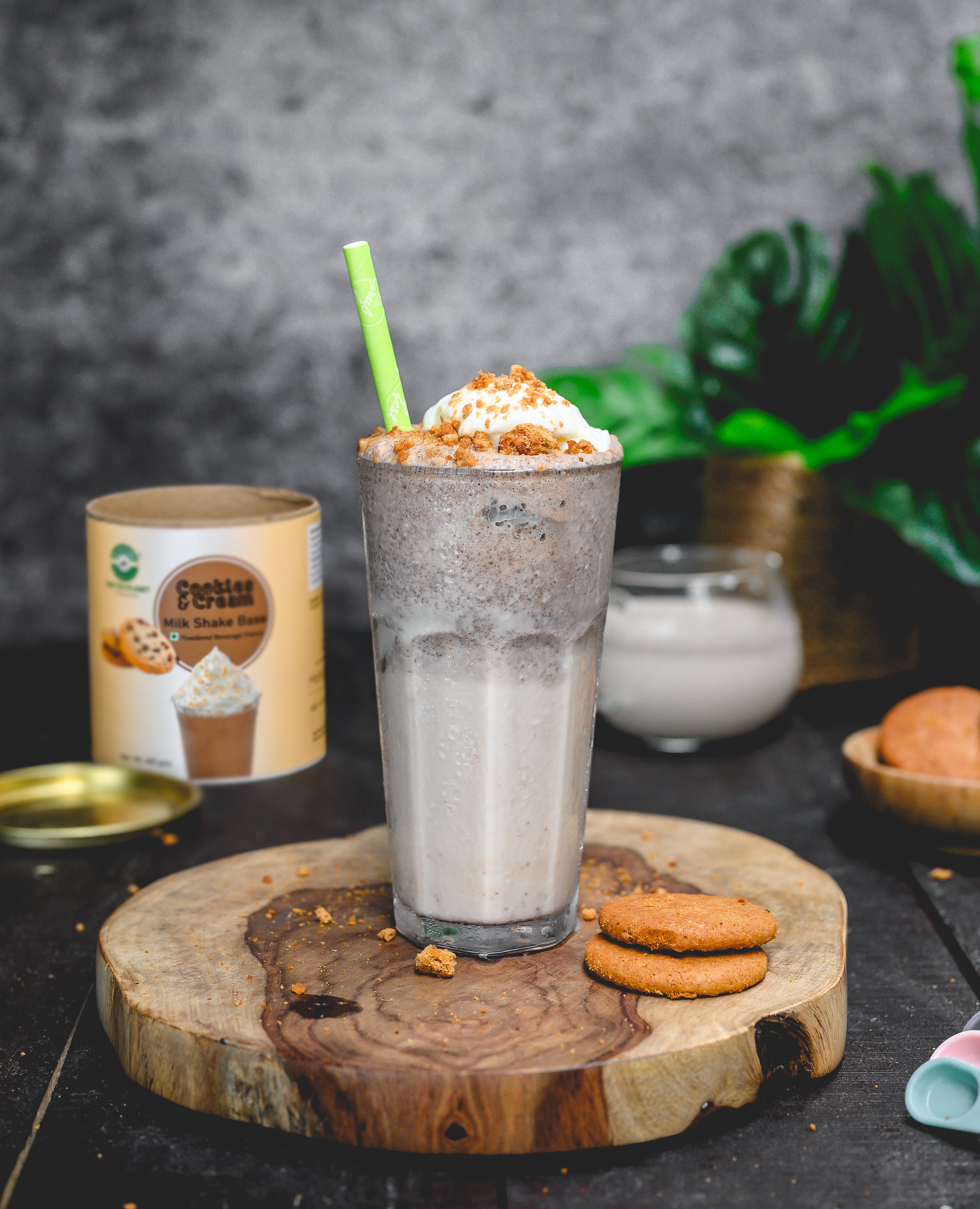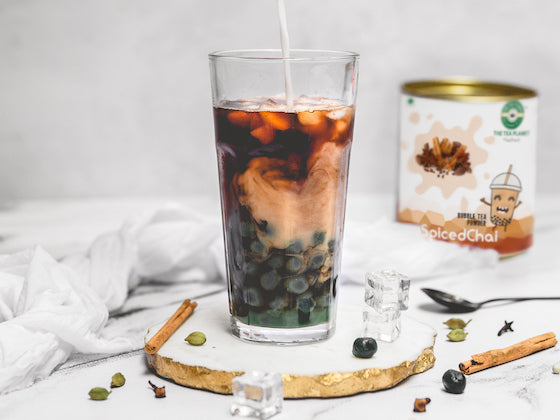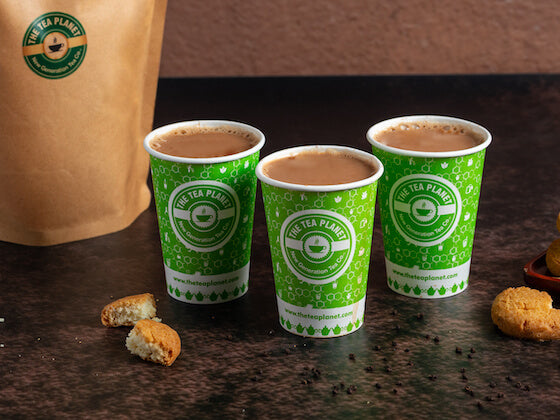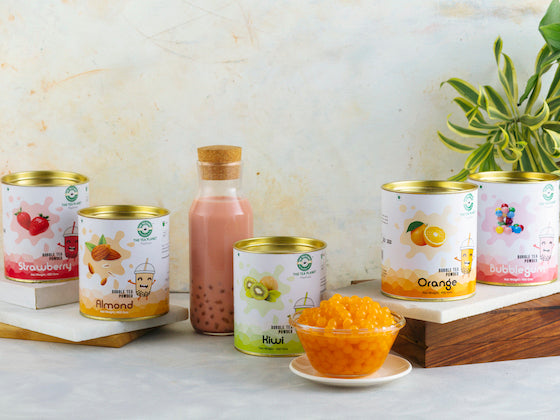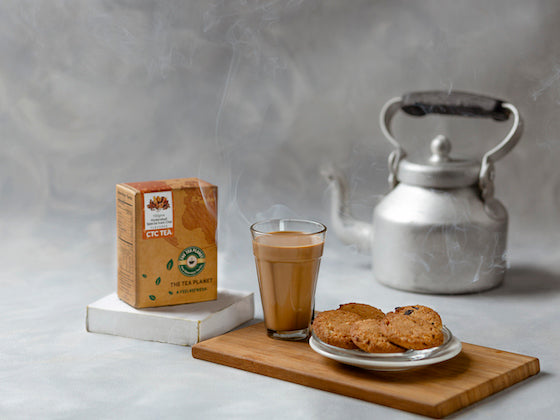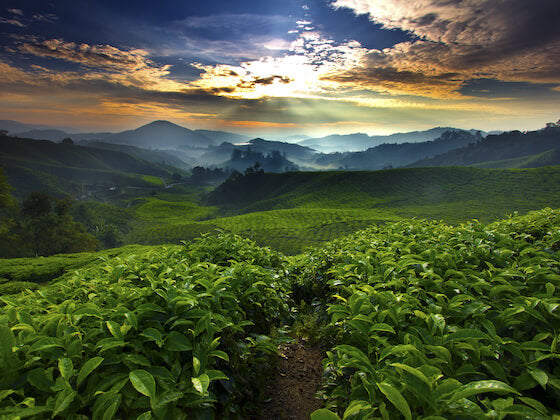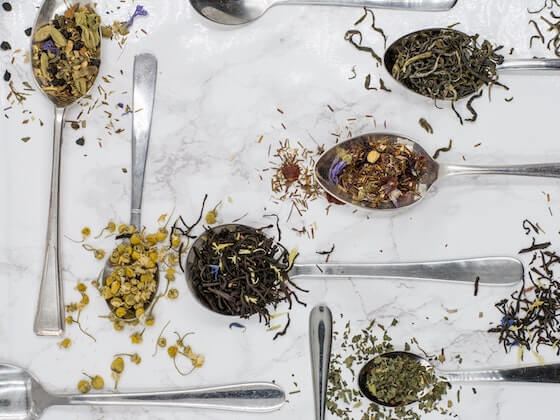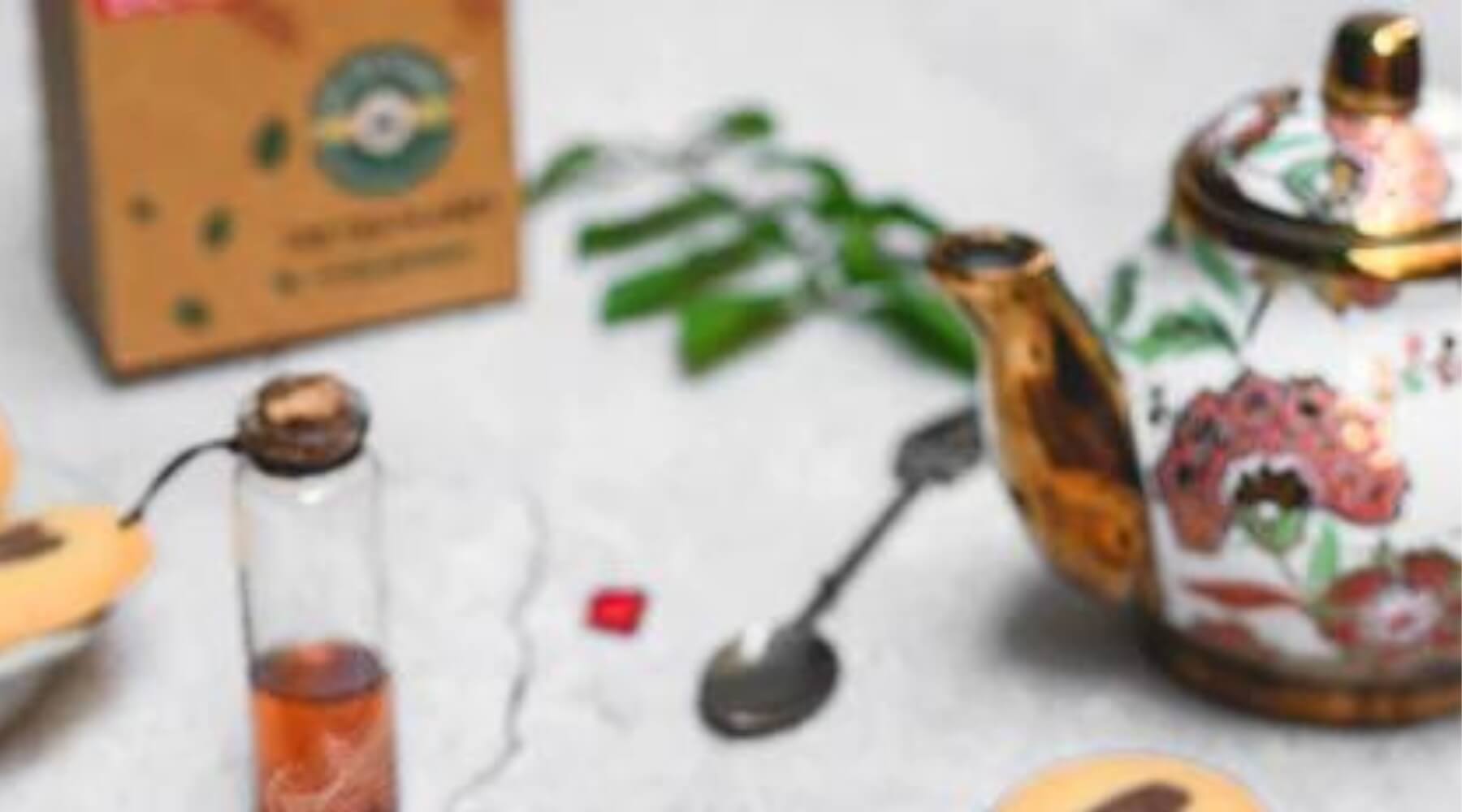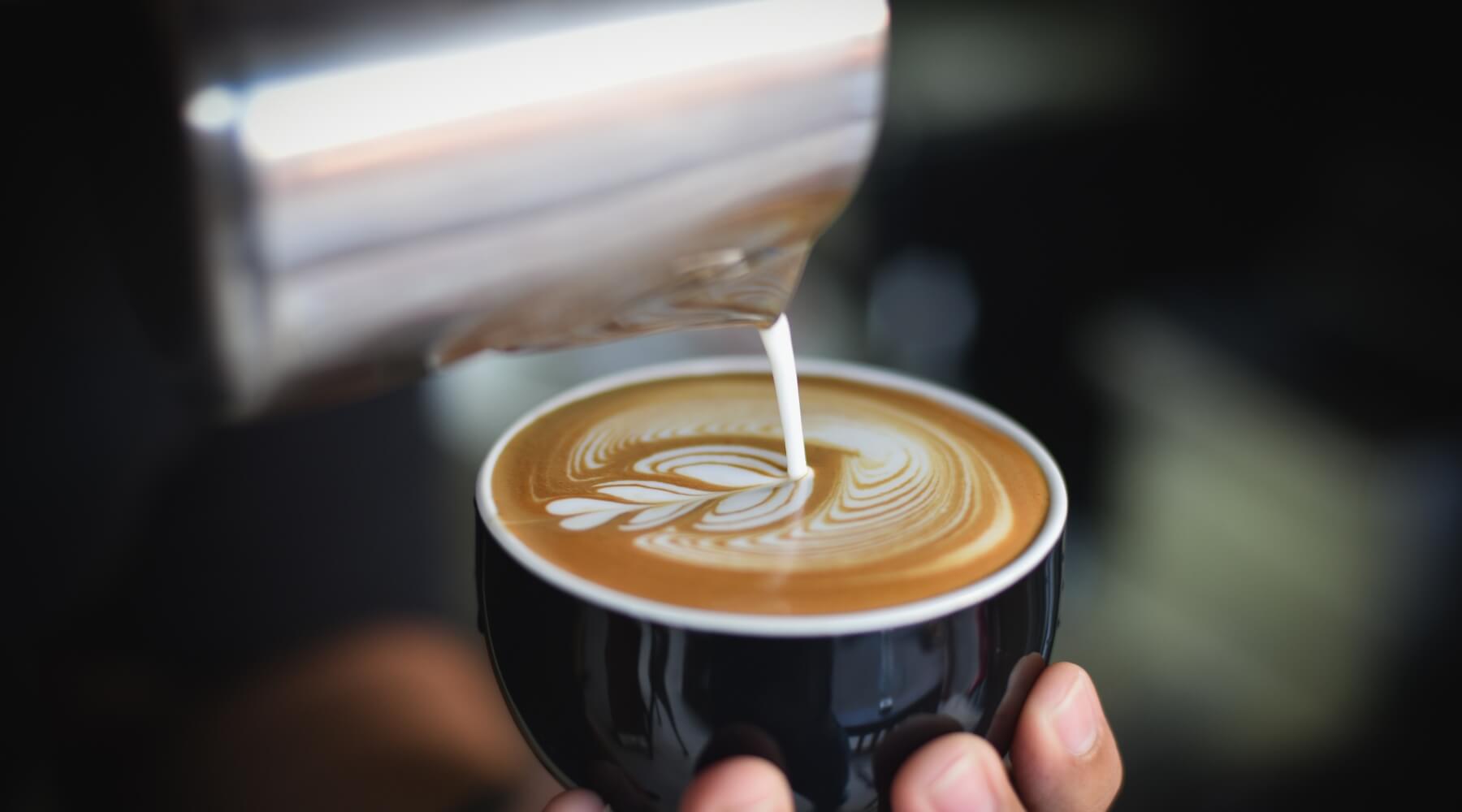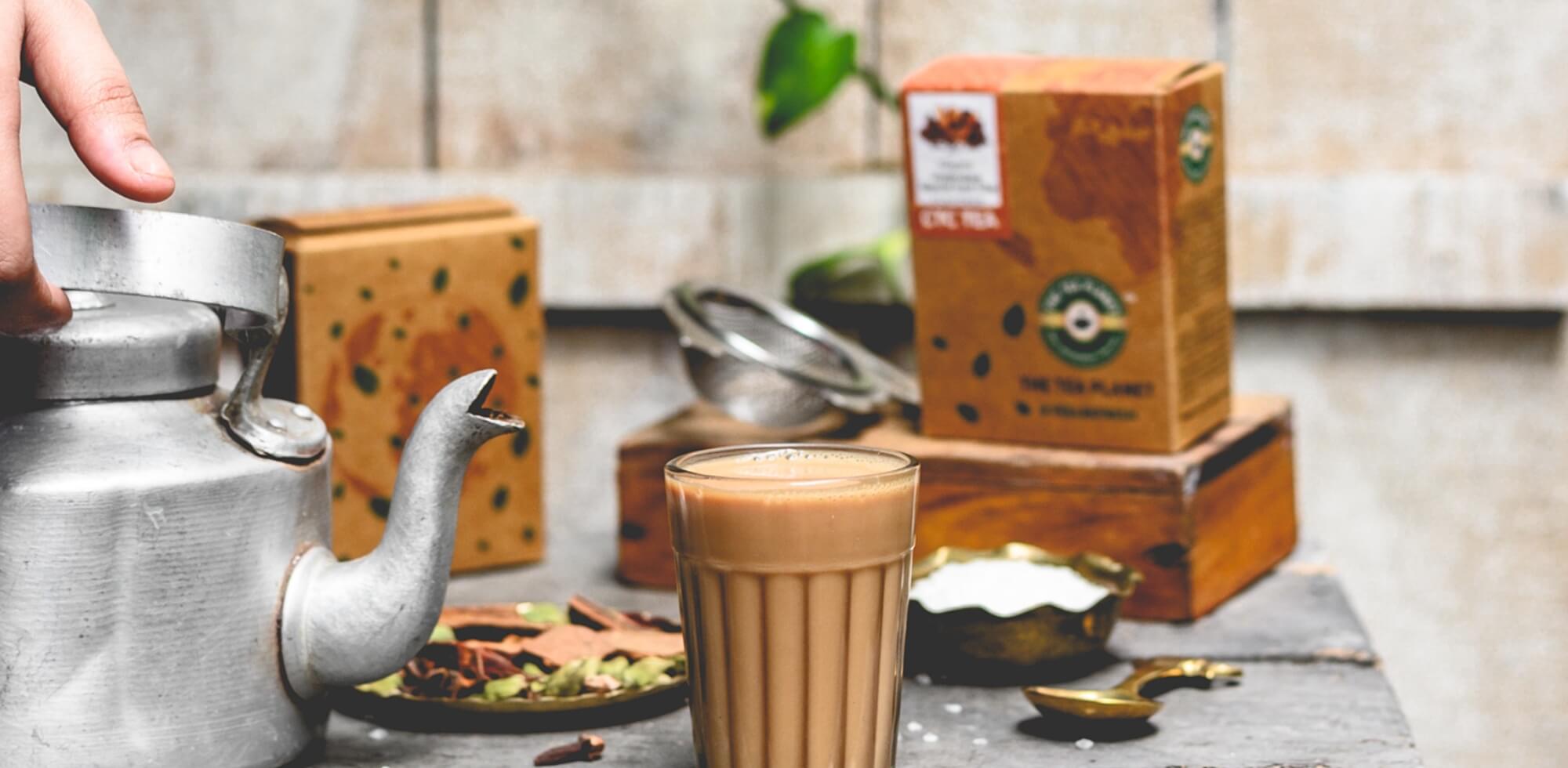The history of CTC tea dates back to the 1930s when Sir William McKercher was the superintendent of Amgoorie, a tea estate in Assam. The CTC process was commonly adopted in the 1950s across Africa and India. Well, in India, black tea still goes through the CTC process. CTC is the acronym of 'Crush, Tear, Curl,' and the name itself explains the process of production. The traditional method had to make sure that tea leaves are crushed and torn accurately, but CTC concurrently cuts, tears, and rolls tea leaves with a CTC processing machine.
Let’s pay attention to the techniques of CTC tea:
Withering process: Tea leaves are picked from the tea shrub, which comes in varied sizes, and is then gathered, dried up, and processed. There is a process called withering. It can help remove excess water; green leaves have approximately 75-85% of water level, and withering can help reduce the percentage of water level by at least up to 70%. When the leaves are dried, they can easily be twisted and should be supervised attentively. Withering is a time-taking process, it can happen from 3 hours to almost the end of the day.
Purification process: In this process, dust, metal pieces, and pebbles are separated from the tea leaves, after which the leaves will pass through the simultaneous process of leaf shredder and rotor vane.
Maceration of leaves: The leaves are harmed by shaking at the edges for quicker oxidation, and this process can help enzymes in the leaves open up for atmospheric oxygen. This is the vital step of producing some top-grade tea leaves.
Giving definition to tea leaves: Further, the tea leaves are sent to the CTC machine, which will give proper shape and size to tea leaves and upgrade the quality.
Oxidation process: The process makes leaves look darker as it is a chemical reaction and creates necessary compounds at the molecular level. The tannins will reciprocate to the oxygen in the atmosphere and get the required oxygen contents.
Drying process: The CTC converted leaves are kept for drying, and the oxygen level will come down to a minimal percentage by normalizing oxygen level. The drying process is essential for commercial purposes because when the tea leaves are not dried properly, their life span will be short.
For good results, many manufacturers use big fans and air heaters; this process is the final stage of CTC tea leaves production. The last part of the process is differentiating tea leaves based on size and quality, such as broken, fannings, whole leaf, and dust.
Why is CTC blend in demand?
Every grade has something to offer in the end. While smaller grades have swift infusion properties, larger grades smell good and contain thick liquor-producing qualities. Hence, balancing the benefits becomes essential for a commercial tea seller, and the blend will be the final product along with both the benefits: premium liquor and quick infusion.
What are the typical grades of CTC tea leaves?
There are four grades based on the size of the leaves such as Whole leaf, broken leaf, fannings, and dust, and among this only three can be produced, and they are:
- CTC Broken- Broken Pekoe one (BP1), Broken Pekoe two (BP2) and Broken Orange Pekoe (BOP)
- Fannings – CTC Pekoe Fannings one (PF1) and CTC Pekoe Fannings two (PF2)
- Dust – Pekoe Dust (PD) and Dust (D)
Perks of CTC leaves
Fast and simple process: The process is quick and painless because of the sophisticated machines used. Work is done simple and fast, unlike the traditional method.
Using all sizes of CTC leaves for the best: It is not that the process of CTC leaves depends on the quality of the tea leaves. But, many kinds of tea leaves are profitable, so blending a homogenized mixture of CTC leaves happens. The more the utilization, the higher the demand and profit.
CTC tea leaves are pocket-friendly: Since CTC tea leaves are high in production, the cost is so reasonable that everyone can afford it.
Varieties you can choose from: Every grade of variety has an exceptional quality from which you can choose according to your preference. Do not worry; CTC tea has got you covered! You can customize your tea bag too.
Easy to store and transport: CTC tea leaves are more enhanced because they are highly oxidized and have a long life span. Transportation and storage is not a problem and is manageable. The tea leaves are not susceptible to damage due to their strong smell and humidity.
Summary
CTC tea does not follow the conventional/ loose tea method. In the case of loose tea, the procedure is time-consuming, while CTC tea can crush, tear, and curl simultaneously. As we all mostly use CTC tea leaves, we must understand and learn about what we are consuming.
